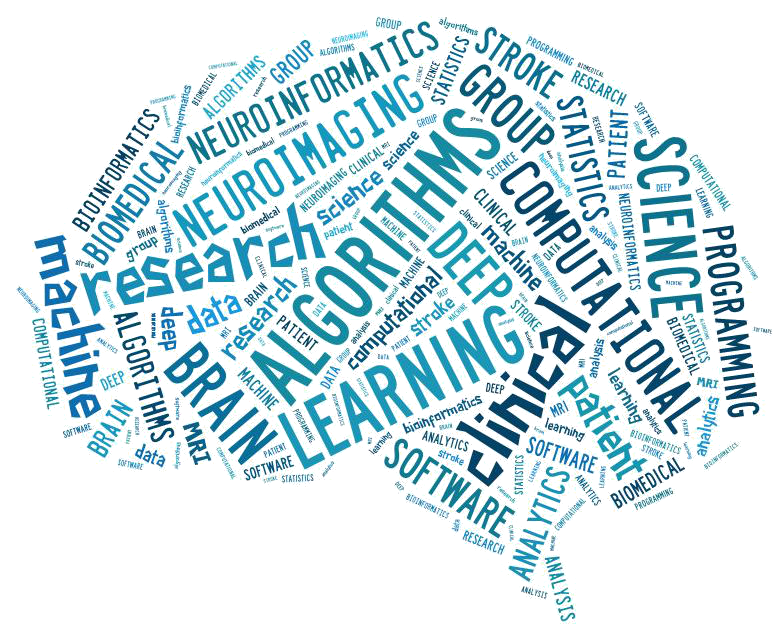Dijkhuizen RM, Singhal AB, Mandeville JB, Wu O, Halpern EF, Finklestein SP, Rosen BR, Lo EH.
Correlation between brain reorganization, ischemic damage, and neurologic status after transient focal cerebral ischemia in rats: a functional magnetic resonance imaging study. J Neurosci 2003;23(2):510-7.
AbstractThe pattern and role of brain plasticity in stroke recovery has been incompletely characterized. Both ipsilesional and contralesional changes have been described, but it remains unclear how these relate to functional recovery. Our goal was to correlate brain activation patterns with tissue damage, hemodynamics, and neurologic status after temporary stroke, using functional magnetic resonance imaging (fMRI). Transverse relaxation time (T2)-weighted, diffusion-weighted, and perfusion MRI were performed at days 1 (n = 7), 3 (n = 7), and 14 (n = 7) after 2 hr unilateral middle cerebral artery occlusion in rats. Functional activation and cerebrovascular reactivity maps were generated from contrast-enhanced fMRI during forelimb stimulation and hypercapnia, respectively. Before MRI, rats were examined neurologically. We detected loss of activation responses in the ipsilesional sensorimotor cortex, which was related to T2 lesion size (r = -0.858 on day 3, r = -0.979 on day 14; p < 0.05). Significant activation responses in the contralesional hemisphere were detected at days 1 and 3. The degree of shift in balance of activation between the ipsilesional and contralesional hemispheres, characterized by the laterality index, was linked to the T2 and apparent diffusion coefficient in the ipsilesional contralesional forelimb region of the primary somatosensory cortex and primary motor cortex at day 1 (r = -0.807 and 0.782, respectively; p < 0.05) and day 14 (r = -0.898 and -0.970, respectively; p < 0.05). There was no correlation between activation parameters and perfusion status or cerebrovascular reactivity. Finally, we found that the laterality index and neurologic status changed in parallel over time after stroke, so that when all time points were grouped together, neurologic status was inversely correlated with the laterality index (r = -0.571; p = 0.016). This study suggests that the degree of shift of activation balance toward the contralesional hemisphere early after stroke increases with the extent of tissue injury and that functional recovery is associated mainly with preservation or restoration of activation in the ipsilesional hemisphere.



